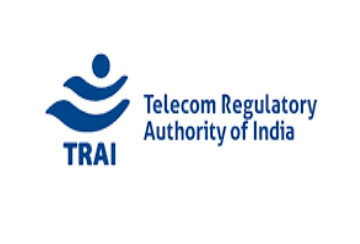New Delhi, June 17: The Ministry of Information and Broadcasting amended the Cable Television Network Rules from 1994 to provide legal recognition to the self-regulatory bodies of television channels. This is mainly to provide a redressal mechanism for the grievances and complaints of citizens relating to the content broadcasted on television channels.
The Cable Television Network Act is an act that regulates the operation of cable television networks all over India. It was created in the year 1994. But what led to the enactment of this law? Let us study in detail.
In the early 1970s, the only television channels available in India were the state-run Doordarshan. The advent of satellite television in the 1990s allowed for more channels and programs aimed towards specific audiences. This also helped cable television find its way into Indian homes in the mid-1990s, mainly in metros and large towns. As video cassette recorders were freely available during that time, few ingenious individuals started their own local cable services from the comfort of their homes. Through these cable services, they started playing video cassettes of movies for entertainment.
In 1991, an international network called the Cable News Network (CNN) provided live coverage of the Gulf War to other countries and paved the way to the relay of international satellite television in India. Furthermore, in the 1990, cable television program networks like Zee TV and Star TV were launched, which led to an increase in cable television subscribers. Initially, cable television was introduced in metro towns and the use of these networks all over the country were unorganised.
Some of the programs telecasted on these channels were undesirable and not suited to Indian culture. Also, the cable operators were not aware of how to use material protected under copyright and did not check if the content being broadcasted was in the interest of the nation. Hence, there was an acute need for regulation of cable TV networks and operators. The Cable Television Networks Act was enacted in 1995 and Telecom Authority of India Limited (TRAI) was established as an independent regulatory body in 1997 to provide a regulatory framework for all cable television operators.
Under this act, cable television networks are regulated through a two-step process:
1. Compulsory registration of cable operators
2. Regulation of contents broadcasted by the cable operator which also includes conforming to rules on programming and advertisements
Currently, there are about 900 television network channels being broadcasted to Indian homes through various networks. To ensure the regulation of such a wide network, the act now provides for self-regulation by each of the network providers as per the new amendment.
1. The channel can self-regulate.
2. If this does not work, a body of broadcasters will decide on the matter and ensure that compliant content makes it to homes.
3. If both these levels fail, then a committee overseen by the central government will take action. The amendment also provides for a three-tier complaint structure for customers including self- regulation by the broadcaster, followed by the self-regulatory body of the broadcaster overseen by the central government.
This Amendment aims for further transparency in the grievance redressal system for the citizens of the country and provides parity with the rules applicable to the OTT platforms like Netflix, Amazon prime, etc.


